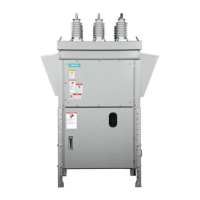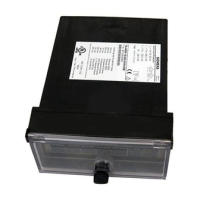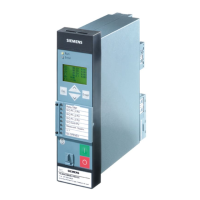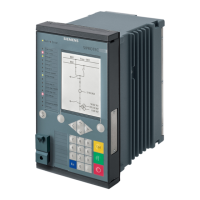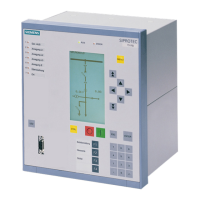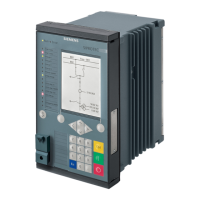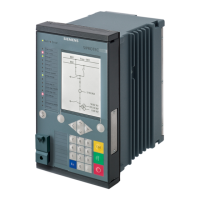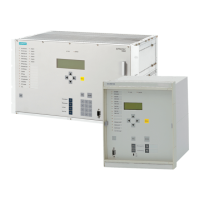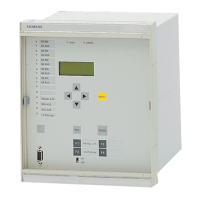Methods of implementing selectivity using circuit breakers
3.6 Dynamic selectivity
Selectivity for 3VA molded case circuit breakers
44 Configuration Manual, 08/2016, A5E03603181010-01
Note
Calculation of let-through energy
The let-through energy is not only determined by the magnitude of the prospective current,
but also by the line voltage, line frequency and type of short-circuit (one-pole, two-pole or
three-pole). As a result, it can only be calculated on the basis of measurements taken at
switching devices or at a specific combination of switching devices, or by simulation based
on precise device data and characteristics.
3.6.3 Example
An example is given below to explain the principles of dynamic selectivity. The example is
based on the let-through energy values of the circuit breakers from chapter "Let-through
energy di
agram (Page 43)".
The let-th
rough energy of the 630 A circuit breaker is higher than the let-through energy of
the 250 A circuit breaker as of a prospective current (I
p
) of around 1100 A. A peak value or a
tripping energy value for the let-through energy can thus be assigned to each of the two
circuit breakers. When the peak value is exceeded, the circuit breaker must trip.
① Let-through energy of the 630

